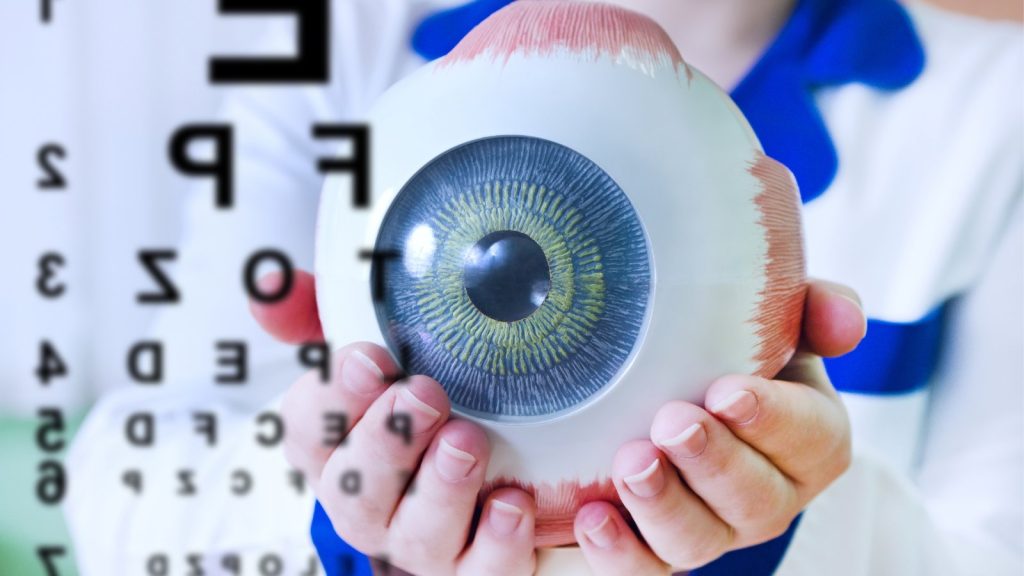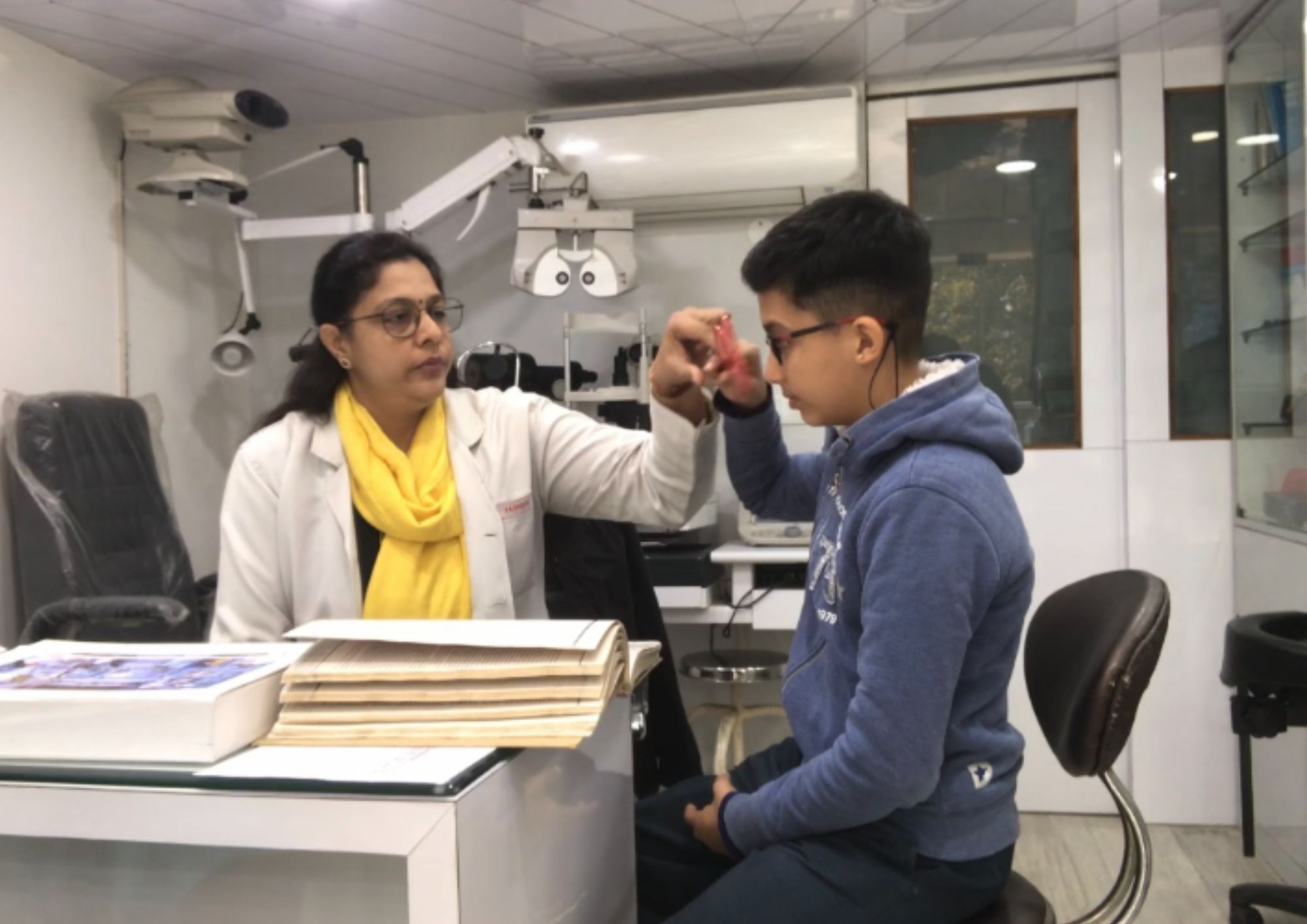The Duty of Advanced Diagnostic Equipment in Identifying Eye Disorders
In the realm of ophthalmology, the application of sophisticated analysis devices has changed the early identification and monitoring of various eye problems. From identifying subtle changes in the optic nerve to monitoring the development of retinal diseases, these innovations play a critical duty in enhancing the precision and efficiency of detecting ocular problems. As the demand for exact and timely medical diagnoses continues to expand, the assimilation of sophisticated tools like optical comprehensibility tomography and visual field screening has ended up being indispensable in the world of eye treatment. The elaborate interaction in between technology and ocular practices not only loses light on elaborate pathologies however additionally opens doors to customized therapy strategies.
Value of Very Early Medical Diagnosis
Early diagnosis plays a critical function in the efficient monitoring and therapy of eye problems. Prompt recognition of eye conditions is important as it enables punctual treatment, possibly protecting against further progression of the disease and reducing long-lasting issues. By identifying eye disorders at an onset, healthcare service providers can provide suitable treatment plans tailored to the particular condition, ultimately leading to better outcomes for individuals. Early diagnosis allows individuals to access necessary support services and resources sooner, enhancing their overall quality of life.

Technology for Identifying Glaucoma
Innovative diagnostic modern technologies play an important role in the very early discovery and tracking of glaucoma, a leading reason of permanent loss of sight worldwide. One such innovation is optical comprehensibility tomography (OCT), which offers thorough cross-sectional pictures of the retina, permitting the measurement of retinal nerve fiber layer density. This measurement is necessary in assessing damage created by glaucoma. Another sophisticated device is visual area screening, which maps the sensitivity of an individual's aesthetic field, assisting to detect any type of locations of vision loss characteristic of glaucoma. Furthermore, tonometry is made use of to measure intraocular stress, a major threat factor for glaucoma. This test is critical as elevated intraocular stress can lead to optic nerve damage. Additionally, more recent technologies like making use of artificial intelligence algorithms in assessing imaging data are showing appealing lead to the very early discovery of glaucoma. These sophisticated analysis devices allow eye doctors to diagnose glaucoma in its onset, enabling for prompt treatment and far better management of the disease to avoid vision loss.
Role of Optical Comprehensibility Tomography

OCT's capability to measure retinal nerve fiber layer thickness permits accurate and objective dimensions, helping in the early discovery of glaucoma even prior to aesthetic field issues emerge. OCT innovation permits longitudinal monitoring of architectural modifications over time, facilitating tailored therapy plans and timely treatments to help protect people' vision. The non-invasive nature of OCT imaging additionally makes it a recommended option for keeping track of glaucoma progression, as it can be repeated frequently without causing discomfort to the patient. In general, OCT plays an important duty in enhancing the analysis precision and monitoring of glaucoma, ultimately adding to far better outcomes for individuals in jeopardy of vision loss.
Enhancing Medical Diagnosis With Visual Field Testing
A vital element in thorough ophthalmic evaluations, visual field testing plays a critical function in improving dig this the analysis procedure for different eye conditions. By examining the complete degree of an individual's aesthetic area, this test supplies vital details concerning the functional honesty of the whole aesthetic path, from the retina to the aesthetic important site cortex.
Visual field testing is particularly important in the diagnosis and management of problems such as glaucoma, optic nerve problems, and different neurological illness that can impact vision. Through measurable dimensions of outer and central vision, clinicians can detect subtle adjustments that might suggest the existence or progression of these problems, also before visible symptoms take place.
Moreover, visual area screening enables for the tracking of treatment efficiency, assisting ophthalmologists customize restorative interventions to specific clients. eyecare near me. By tracking changes in aesthetic area performance over time, doctor can make enlightened decisions concerning changing drugs, suggesting surgical treatments, or executing various other suitable measures to maintain or improve a person's visual feature
Handling Macular Deterioration

Conclusion
In final thought, advanced analysis devices play an important role in recognizing eye problems early on. Technologies such as Optical Coherence Tomography and visual area testing have actually considerably enhanced the accuracy and performance click here to find out more of identifying conditions like glaucoma and macular deterioration.